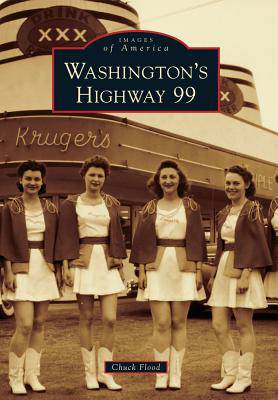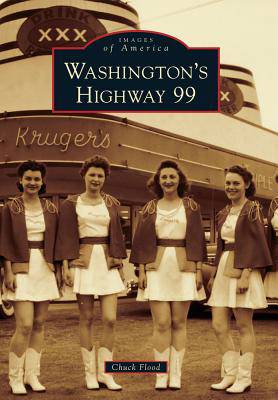
- Afhalen na 1 uur in een winkel met voorraad
- Gratis thuislevering in België vanaf € 30
- Ruim aanbod met 7 miljoen producten
- Afhalen na 1 uur in een winkel met voorraad
- Gratis thuislevering in België vanaf € 30
- Ruim aanbod met 7 miljoen producten
Zoeken
Omschrijving
For a century, the route of Highway 99 has been the main transportation corridor in western Washington. Forest and farm products, fish, and families have all been a part of the flow of business and recreational travel between the Canadian border at Blaine and the Columbia River at Vancouver. What is now Highway 99 originated as a loose network of muddy roads connecting early settlements. With the dawn of the automobile age and construction of good roads, travel for business and pleasure began to shift away from ships and railroads to trucks and family cars. Roadside services developed within and between towns to cater to the new type of travelers--as many as 1,300 gas, food, and lodging businesses lined Highway 99, ranging from primitive auto camps to luxury hotels and from simple burger stands to roadside eateries shaped like giant tepees and igloos.
Specificaties
Betrokkenen
- Auteur(s):
- Uitgeverij:
Inhoud
- Aantal bladzijden:
- 128
- Taal:
- Engels
- Reeks:
Eigenschappen
- Productcode (EAN):
- 9780738596181
- Verschijningsdatum:
- 11/02/2013
- Uitvoering:
- Paperback
- Formaat:
- Trade paperback (VS)
- Afmetingen:
- 163 mm x 231 mm
- Gewicht:
- 317 g

Alleen bij Standaard Boekhandel
+ 67 punten op je klantenkaart van Standaard Boekhandel
Beoordelingen
We publiceren alleen reviews die voldoen aan de voorwaarden voor reviews. Bekijk onze voorwaarden voor reviews.












